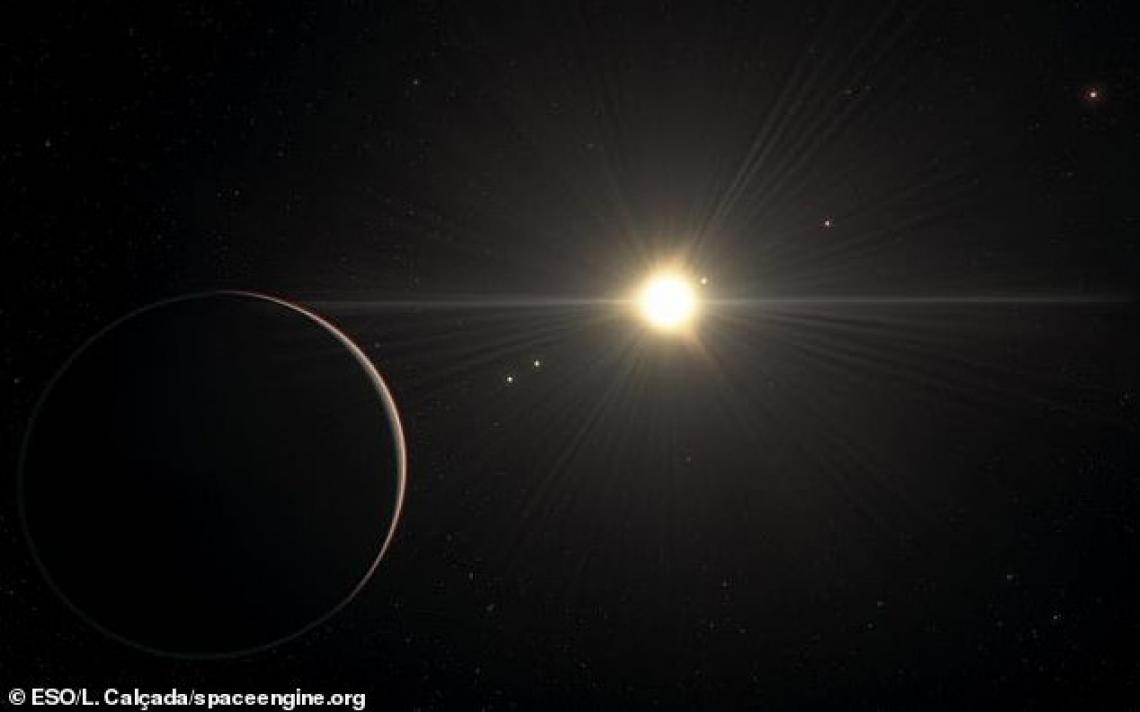An international team of astronomers, including researchers from the Institute of Astrophysics of the Canary Islands (IAC), has discovered 200 light years from us a system of six planets, five of which dance to a strange beat around their central star, TOI-178.

However, not everything is harmony. Unlike our solar system, in which its members appear neatly ordered by density, with the Earth and rocky worlds on the inside and the gas giants on the outside, in this case the different types of planets seem to mix chaotically.
This 7.1 billion-year-old planetary system and the contradiction, described in the journal “Astronomy & Astrophysics”, challenges scientific knowledge about how stellar systems form and evolve.
Although scientists have seen this phenomenon known as resonance before in other planetary systems, it is the first time that the planets of the same are completely different from each other.
The researchers used the European Space Agency’s CHEOPS space telescope to detect the unusual formation. The astronomers found that five of the six planets are locked in a harmonic rhythm, where their orbits line up in a consistent pattern with each other.
The five outer planets are in a resonance chain of 18: 9: 6: 4: 3. A resonance of 2: 1 would show that for each orbit of the outer planet, the inner one makes two. In the case of TOI-178, this means the puzzling rhythmic dance below:
The density of the planets in the system is also unusual. In the solar system, dense rocky planets are closest to the Sun, followed by lighter gas giants. In the case of the TOI-178 system, a dense Earth-like planet is right next to a very spongy planet with half the density of Neptune, followed by a Neptune-like one. This peculiar design together with its orbital resonance “challenges what we know about how planetary systems form,” according to the authors.
“The orbits of this system are very well ordered, which tells us that this system has evolved quite smoothly since its birth,” explains Yann Alibert from the University of Bern and co-author of the work.
In fact, the resonance of the system shows that it has remained relatively unchanged since its formation. Had it been previously disturbed, either by a giant impact or the gravitational influence of another system, the fragile configuration of its orbits would have been erased. But it has not been that way.
“This is the first time that we have observed something like this. In the few systems we know of with such harmony, the density of the planets constantly decreases as we move away from the star,” said ESA co-author and project scientist Kate Isaak.




